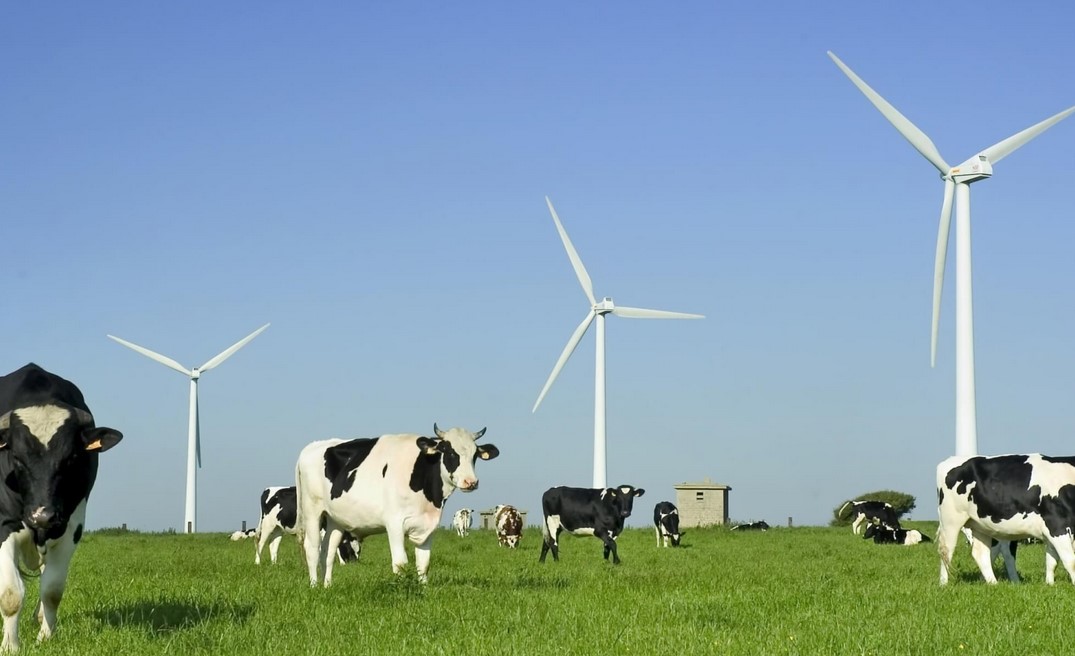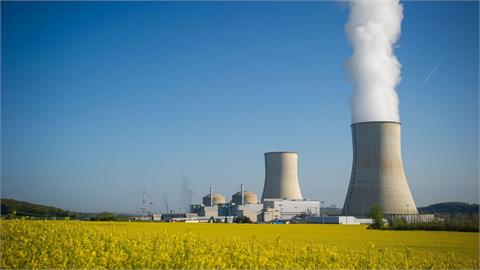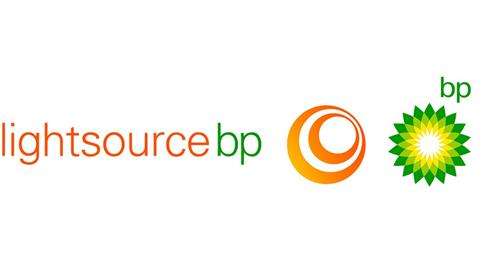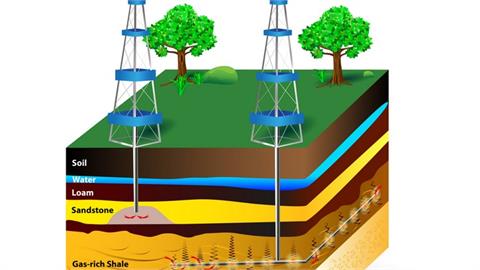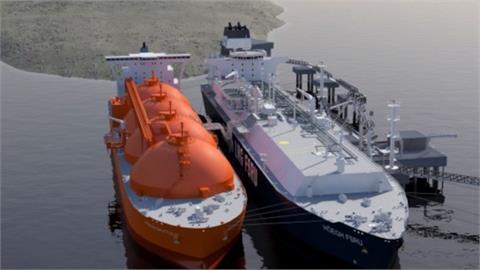by Donagh Cagney* The EU’s onshore wind and solar energy needs can be met without undermining food production or nature protection efforts, according to a report by the European Environmental Bureau released on Wednesday (24 July). However, this depends on human choices, at an individual and political level
As the realities of the EU Green Deal become more apparent, land use has become a hotly debated issue. Rival camps argue whether land should be used for food production, renewable energy generation, or nature protection.
A new report by NGO European Environmental Bureau (EEB) says there is plenty of space in Europe for all these goals – if we make the right choices. ‘Land For Renewables’ estimates that wind and solar deployed on just 2.2% of the bloc’s land can deliver net zero emissions and a 100% renewables power system by 2040.
“There is no reason to believe renewables will be an obstacle to food production and nature restoration” the report’s lead author Cosimo Tansini told Euractiv.
The analysis finds that across the EU, even when productive agricultural land and high key biodiversity areas are excluded, there remains plenty of space for wind and solar.
However, this is not always the case within individual countries – for example, Italy and Germany will need to import power from their neighbours.
The report sees much potential for a closer integration of agriculture and both wind and solar on the same land. Alongside these ‘dual use’ options, around 10% of the EU’s agricultural land meets the definition of facing ‘high or very high degradation’.
The report argues that such lands are unproductive and at risk of abandonment by farmers, and are therefore prime candidates to welcome more wind and solar installations.
The bioenergy puzzle
The report is largely silent on how Europe’s lands can accommodate biomass and biofuel production, alongside farming and nature protection, although it notes that 2.7% of EU land today is used to produce ‘industrial crops’, which includes bioenergy.
Many forecasts – including the European Commission’s recent modelling to inform its 2040 climate target – see an increased requirement for land to absorb carbon from the atmosphere and produce biofuels for hard-to-abate sectors.
A 2023 study by the EU’s European Environmental Agency considered this “biomass puzzle” but could not offer any definitive solutions.
Tansini noted that there was a practical need to restrict the scope of the analysis and said the work was based upon a scenario which assumes a substantial reduction in Europe’s bioenergy use by 2040.
Human choices
The ‘Paris Agreement Compatible’ scenario referenced by Tansini also relies upon assumed behavioural changes, such as a 17% reduction in air travel and a drop in energy demand far greater than the current EU targets.
These lifestyle changes could reduce the need for renewable energy and free up more land space. For example 2.5% of the EU’s total land today is used to produce food for animals. A cut in meat consumption would in turn reduce this requirement.
Tansini acknowledged that the report’s findings required lifestyle changes, “but not as much as other reports”, and said their findings were “more reliant on technology efficiency”.
The report makes some allowances for local opposition to wind and solar installations by assuming ‘buffer zones’ around residential and industrial areas, where renewables cannot be deployed, and ruling out installations in protected areas that may be attractive for tourists.
Tansini acknowledged that this may not be sufficient, citing the Italian government’s ban of solar on agricultural land, which he called “political symbolism.” However, he insisted that early engagement with local communities will see sufficient renewable capacity deployed.
The high-level policy approach to the energy transition matters too.
Tansini said that a “comprehensive” and “integrated” approach is needed, “otherwise, the renewable capacity may not be there to reach climate neutrality in time”.
As an example, he cited policymaker’s interest in hydrogen, noting that this would require more renewable energy deployments, which “will take up more land for a less efficient energy use may give us problems from a communities’ or nature point-of-view”.
[Edited by Zoran Radosavljevic]
*Donagh Cagney joined Euractiv in March 2024 as Editor for the Energy & Environment and Transport Hubs. He has 14 years experience working on a range of EU policy areas including aviation, renewables, economic regulation, state aid and innovation. He has worked for an airport operator, a national energy regulator and industry associations representing airports and renewable ocean energy. Donagh has an undergraduate and Masters in economics, and is currently completing a postgraduate course in energy & climate at the University of Antwerp.
(euractiv.com, July 24, 2024)
